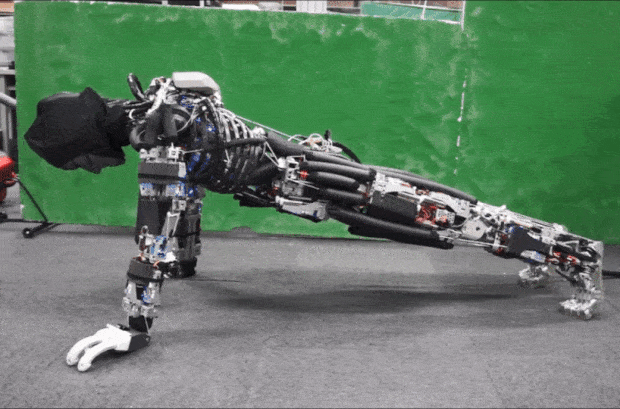
When we use our muscles, they produce heat as a byproduct. When we use them a lot, we need to actively cool them, which is why we sweat. By sweating, we pump water out of our bodies, and as that water evaporates, it cools us down. Robots, especially dynamic robots like humanoids that place near-constant high torque demands on their motors, generate enough heat that it regularly becomes a major constraint on their performance. One of the reasons that SCHAFT did so well at the DRC Trials, for example, was their fancy liquid-cooled motors that could put out lots of torque over an extended period of time without overheating.
via IEEE Spectrum
Image: JSK Lab/University of Tokyo




